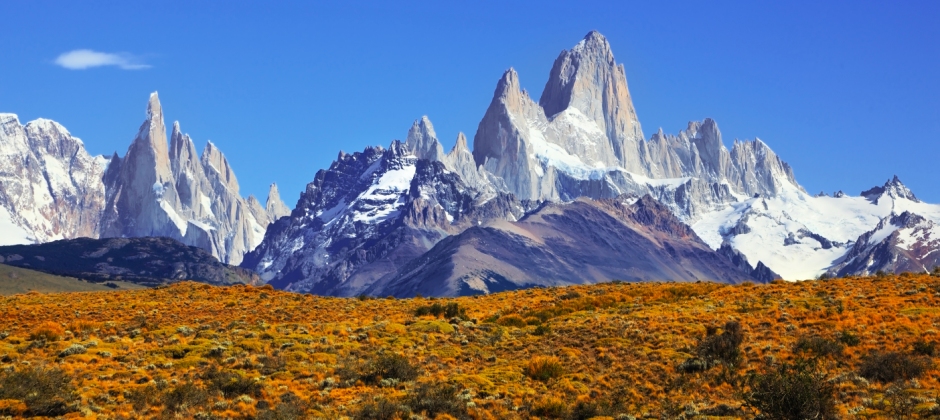Chile, Argentina, & Patagonia FAQ’s
Do I need a visa?
With a valid US or Canadian passport do not need a visa to enter Argentina or Chile for visits of up to 90 days for tourism or business. For those traveling with a passport from a country other than the US or Canada, visit projectvisa.com for more visa information.Is my passport valid?
Your passport must be valid for the duration of your stay while traveling in Chile or Argentina. If it expires sooner, you must get a renewal.Are there any entrance fees?
Chile & Argentina: There are no entrance fees for US or Canadian citizens at this time.Do I need any shots?
No vaccinations are required for travel to Chile or Argentina from the USA. As two of the most developed countries in South America, illness is generally not a problem for travelers to these destinations including Patagonia. Call the CDC Travelers’ Hot Line at 800-CDC-INFO (800-232-4636) or visit the website (www.cdc.gov/travel) for current updates. Most travelers receive inoculations for Hepatitis A, Typhoid Fever and Tetanus. Consider Yellow Fever and Malaria prophylaxis if visiting Iguazú Falls.When can I expect more details on my trip?
You will receive two sets of information by email: 1. Pre-departure materials once your trip is guaranteed, typically a few months prior to your departure; and 2. Final Documents sent two weeks before you leave.Will I be met at the airport?
Yes, if you arrive according to schedule or have arranged extra transfers through our office. Meeting instructions and local contact information will be provided with your Final Documents.What will the weather be like?
- Buenos Aires & Santiago: The weather in the capitals can be expected to be hot and humid during the months of December, January & February. Daytime high temperatures can be expected to be 85-95°F with up to 70-75% humidity. Buenos Aires is generally hotter than Santiago. Nighttime lows should average 63-70°F during these months.
- Patagonia: The weather in Patagonia varies greatly depending on the regions through which you will be traveling. It is important to be aware that any itinerary into these regions is subject to change due to weather factors. Southern Patagonia has a reputation for changeable, windy and/or rainy weather with mild temperatures. Daytime high temperatures during the months of November through February on the mainland (Rio Gallegos, El Calafate, Fitz Roy) will be between 58-72°F, with nighttime low temperatures ranging between 40-45°F. October and March are transitional months in which weather may be more variable than at other times.
Paine National Park and areas on the western slope of the Andes typically have more wind and rain than destinations on the eastern side, but rain can be expected in Patagonia and Tierra del Fuego at any time, on any departure.
Wind is the one consistent factor in Patagonian weather. It varies from a comfortable, constant breeze to gale forces reaching 70 miles per hour. - Lake District: In the Lake District, or northern Patagonia you’ll find the temperatures very comfortable during the summer months (November-February). Daytime should be very pleasant with highs around 65-75°F, and the nights can be cool with lows in the 50’s. The gusty winds blowing off of the lakes can be cold at times and rain showers are common.
- Iguazú Falls: This is a hot and humid sub-tropical region that receives a lot of rain throughout the year (more than 2000 mm). The months of November through February tend to be the hottest with average temperatures in the mid to upper 70’s. Daytime highs can be expected to be in the upper 80’s to mid 90’s with nightime lows in the low 70’s to upper 60’s.
- Tierra del Fuego weather is typically mild with cool, damp days and nights (highs in the 60’s and lows in the 40’s or upper 30’s – average temperature is about 50°F)
- Península Valdés and Punta Tombo are typically hot and windy. Daytime high temperatures in the upper 70’s to mid 80’s and nights in the 60’s (average temperature 70°F).
ARGENTINA


